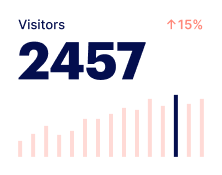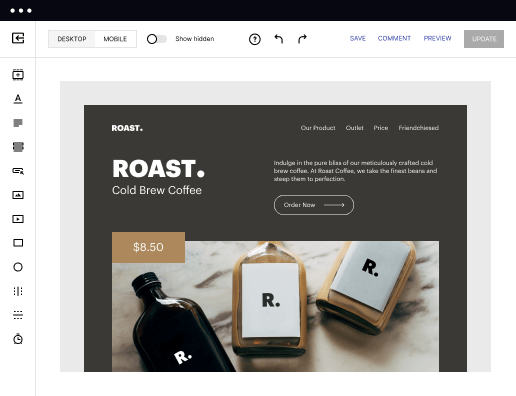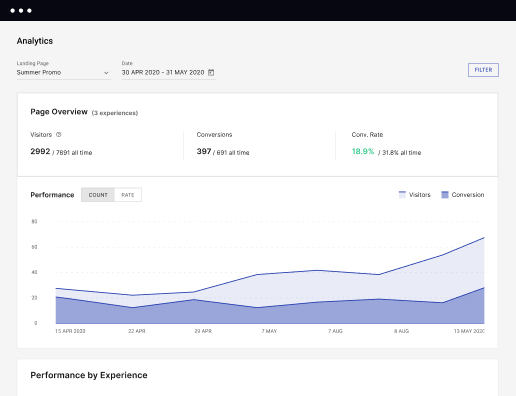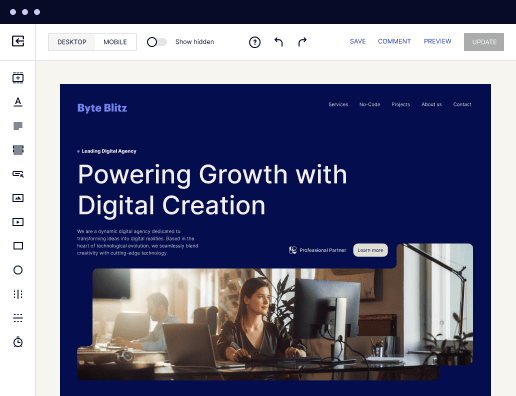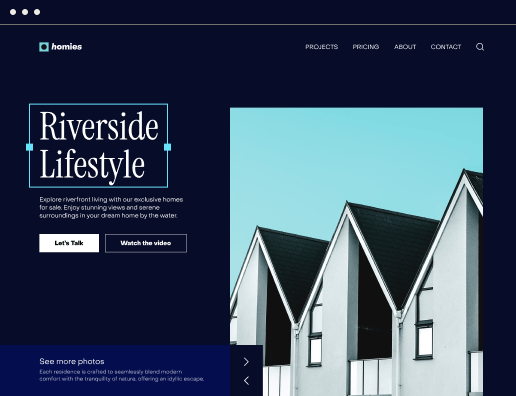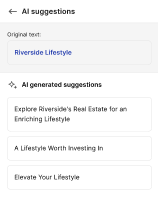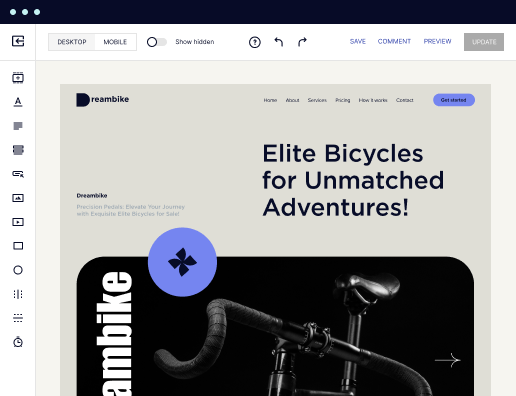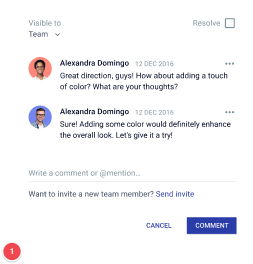Make your use case page designed for Debian
Instapage empowers you to reduce costs, increase conversions, and deliver meaningful experiences on Debian.
Build your use case page on Debian: A Comprehensive Guide
Creating an effective use case page on Debian is crucial for marketers looking to enhance their landing page experiences and drive conversions. Instapage provides powerful tools to simplify this task, enabling marketers to build pages that resonate with their audiences. By leveraging the features of Instapage, businesses across sectors like tech, education, and financial services can quickly develop high-converting, personalized content without requiring deep technical knowledge.
Understanding the Importance of Use Case Pages
A use case page is designed to provide specific solutions to distinct problems faced by your audience. By catering to the unique needs of various industries, such as energy or government, marketers can effectively communicate their offerings. Instapage's platform empowers users to craft tailored messaging and visuals that elevate the credibility of their brand. Key benefits include:
- Enhanced audience targeting: Deliver specific content that speaks directly to the challenges and needs of various verticals.
- Increased conversion rates: By presenting ideal solutions upfront, potential clients are more likely to engage and convert.
- Reduced marketing costs: Instapage's ease of use allows for quicker implementations and less reliance on development resources.
Step 1: Define Your Target Audience
The first step in building your use case page on Debian is identifying who your ideal audience is. Understanding their pains, preferences, and industries will greatly inform your design and messaging. Consider conducting audience surveys to gather insights, such as:
- Demographic analysis: What age groups or professional backgrounds does your audience primarily belong to?
- Pain points: What specific challenges are they facing that your product can solve?
- Engagement channels: Where do they typically discover solutions similar to yours?
Step 2: Craft Compelling Content
Once you know your audience, the next step is creating content that addresses their needs. Highlight features that set your solution apart from competitors and present clear examples or case studies. Utilize Instapage’s vibrant templates and dynamic text replacement to personalize the experience:
- Use case examples: Provide real-life scenarios where your service has made a significant impact.
- Success metrics: Showcase statistics that demonstrate how effective your solution has been for previous clients.
- Visual aids: Incorporate images or infographics that simplify complex concepts.
Step 3: Optimize for Performance
With your page live, it's essential to continuously optimize to improve performance. Utilize Instapage’s built-in analytics tools to assess user behavior and conversion rates. A/B testing different elements, like headlines or calls to action, can yield insights into what resonates most effectively with your audience. Consider focusing on aspects like:
- Heatmaps: Understand where users click most to improve layout and CTA placements.
- A/B testing: Experiment with variations of headlines, images, and overall layout to determine best-performing combinations.
- Audience analytics: Track different audience segments to see how they interact with your page.
By following these steps, you can effectively build a tailored use case page on Debian that drives conversions and brand loyalty. Instapage equips marketers with the right tools to make this process swift and effective.
Ready to take your landing pages to the next level? Start leveraging Instapage today to create impactful use case pages with ease.
Get more out of Build your use case page on Debian
Improve your Quality Score with quick load technology for landing pages
Increase conversions with content that aligns with your ads and audiences
Achieve maximum ROI by scaling your marketing initiatives
Leading the way in building high-performing landing pages





FAQs
See how to build your use case page on debian in action
Ready to skyrocket conversions?
Supercharge your ad campaigns with high-performing landing pages.
Get started
